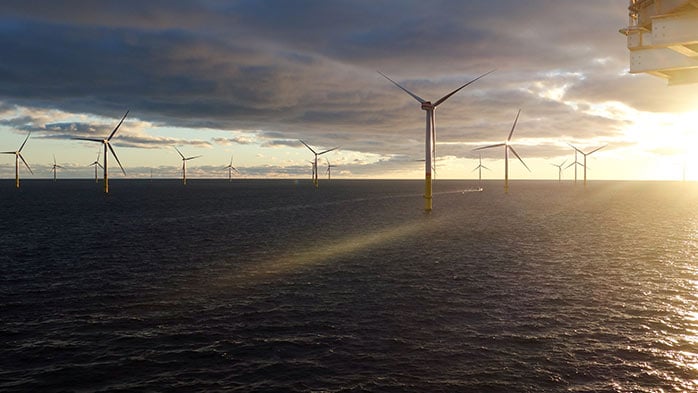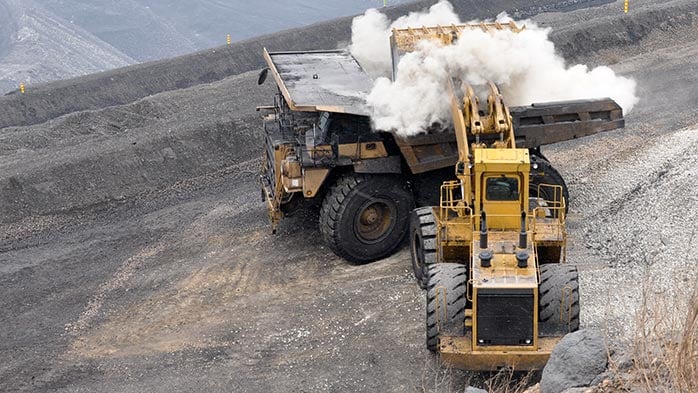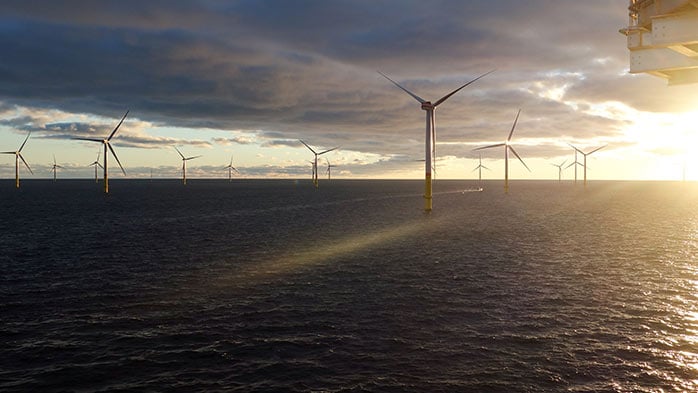As the world grapples with ambitious net-zero targets, the effectiveness and integrity of carbon credits are under increasing scrutiny. In this third instalment of our five-part series on voluntary carbon markets (VCMs), we examine the latest trends in carbon credit issuance and retirement (i.e. the withdrawal of carbon credits from the market) and discuss carbon credit price movements over the recent past. Understanding these trends is important for producers, consumers and financial stakeholders navigating this evolving landscape.
Part 1 (available to subscribers only) introduced the series and discussed international efforts to cooperate on meeting global net zero targets. It also set out the main differences and similarities between compliance and voluntary carbon markets.
Part 2 (available to subscribers only) gave an overview of the different types of carbon offset projects, discussed the seven stages of a carbon project cycle and presented the main market participants involved that make up the ‘voluntary carbon market ecosystem’.
Part 4 will present recent public- and private-sector initiatives to develop the voluntary carbon markets.
Part 5 will bring together the issues covered in parts 1-4, discuss the role of Article 6 of the Paris Agreement in the development of VCMs and conclude with a market outlook.
New issuances in 2024 were notably lower than in preceding years and continued to trend down in 2025 H1
In 2024, 290 Mt carbon credits were issued, notably less than in the preceding three years but still significantly more than in the years prior to that. So far, issuance was highest in 2021 when it reached 362 Mt. To put that into perspective, the 2024 issuance was roughly equivalent to the 2023 CO2 national emissions in Spain or Bangladesh, representing a mere 0.5% of global emissions in 2023.
The downward trend continued into 2025, with only 130 Mt issued in the first half of the year – notably lower than in the same period last year, according to Climate Focus. Since the turn of the century, ~ 2,300 Mt carbon credits have been issued. While substantial, this figure pales in comparison to major national annual emissions, representing about two-thirds of 2023 EU emissions and less than 15% of China’s.
Nature-based solutions lead the way in project mix, with Verra dominating issuance
Nature-based solutions continue to be the dominant force in carbon credit generation, accounting for nearly 90 Mt of the 290 Mt issued in 2024. Renewable energy projects followed at 75 Mt, with household and community-level initiatives (such as cookstove projects) contributing close to 70 Mt. These proportions have remained relatively stable, indicating consistent investment across these key project types in the voluntary carbon markets.
When it comes to the gatekeepers of these credits, Verra remains the undisputed leader, responsible for a commanding 37% of total issuance in 2024. Gold Standard secured a significant 29% share, with ACR following at 11%. This concentration among a few key issuers underscores the importance of their standards and processes in shaping the market. We will explore trends in standard settings in more detail in Part 4 of this insight series.
Carbon credit issuance has outpaced retirement by a wide margin, creating market imbalance and challenges
Meanwhile, 177 Mt of carbon credits were retired in 2024 – in other words, the number of carbon credits removed from the market as they get bought up by an emitter – was similar to that in the previous three years. This was despite reports of major buyers stepping back from the market. In the first half of 2025 ~93 Mt of carbon credits were retired.
Therefore, the annual volume of retired carbon credits remains significantly lower than the issuance of new carbon credits, which has led to the build-up of a stock of non-retired carbon credits. Since the emergence of the voluntary carbon market in the early-2000s, nearly twice as many carbon credits have been issued than retired, with the gap between carbon credit issuance and retirement opening up sharply from 2019 onwards as the surge in new supply vastly outstripped demand.
This glut of unretired carbon credits of older ‘vintage’ has become a consistent distortion in the market, raising questions about quality and value. This imbalance will need to be addressed for the voluntary carbon market to develop further.
The price of carbon credits peaked in 2022 when climate change dominated public discourse
Price discovery in a diverse market: Navigating carbon credit valuations
A key function of a market is price discovery – the mechanism that balances supply and demand. In the voluntary carbon market this process is inherently complex as carbon credits are anything but uniform.
Carbon credits can vary widely, from avoidance projects to removal initiatives, across diverse geographies and with differing co-benefits, such as supporting indigenous communities or helping meet UN Sustainable Development Goals. This inherent diversity has long been a significant hurdle to effect price discovery and overall market development.
However, exchanges are making progress standardising carbon credits. For example, Xpansiv, a leading provider of market infrastructure for the energy transition, is now offering five different carbon credit spot contracts based on different underlying project characteristics under its CBL Global Emissions Offset (GEO) service. This, and other similar initiatives, will help to commoditise carbon credits and thereby support market development.
The dramatic surge in issuance after 2018, peaking in 2021 and 2022 when climate change dominated public discourse, had a clear impact on price movements.
Following this peak, the aggregate carbon credit prices (capturing all types of projects), as tracked by AlliedOffsets' AO500 Price Index, began to decline in late 2022, reverting to levels seen in the late-2010s. While prices have shown some stability since 2023, this downturn reflects several underlying issues.
The decline isn't just a simple supply-demand story. It partly reflects the growing overhang of unretired credits, as demand struggled to keep pace with new supply. Crucially, it also points to the lower perceived value of 'older vintage' carbon credits – those issued several years ago.
These older credits comprise a significant portion of the unretired stock and often trade at a discount. This is largely due to concerns (right or wrong) about their quality, given that past accreditation standards were often less stringent. Participants in the voluntary carbon markets are actively discussing solutions, including the potential withdrawal of these older credits or their reissuance under updated, more robust standards.
The voluntary carbon market stands at a critical juncture. The trends in declining issuances, persistent oversupply of older credits, lack of trust in standards and the challenges of price discovery underscore the urgent need for market evolution.
In our forthcoming instalments, Parts 4 and 5, we will shift our focus to the future. We'll explore the crucial public and private sector initiatives aimed at strengthening the VCM's integrity and efficiency, delve into the pivotal progress on Article 6 of the Paris Agreement achieved at COP29, and ultimately, offer our outlook on how this vital market is poised to develop in the years to come. The future of global net-zero targets may well depend on it.

















